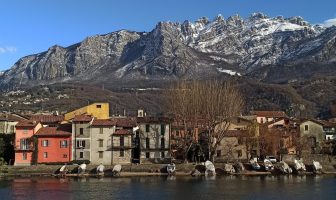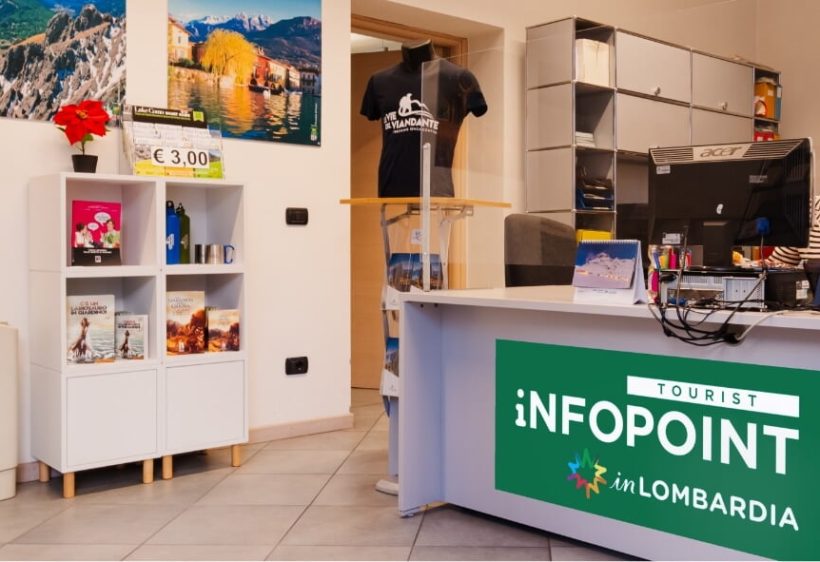
Pescarenico
The old fishing village of Manzonian memory
“The monastery was located (and the building still exists) outside, opposite the entrance to the land, with the road from Lecco to Bergamo in the middle.”
A. Manzoni, I promessi sposi (The Betrothed)
The parish church of Santi Materno e Lucia and the former monastery of Fra’ Cristoforo lie in Piazza Padre Cristoforo in the Pescarenico district and are an essential stop on the Manzonian itinerary.
The church was built on the orders of Saint Charles Borromeo and displays the typical layout of Franciscan churches with a simple nave and a gabled ceiling. It was consecrated 1600 as the church of the Monastery of the Capuchin Friars, which had been built in 1576 alongside the road to Bergamo. In 1798, both buildings were converted to barracks for the French troops. The Monastery was suppressed and sold to private individuals in 1810. After its suppression, the Church was dedicated to Saint Maternus, later associated with Saint Lucy, presumably in honour of Manzoni.
The ancient monastery stood at the side of the church and today it is possible to see part of the portico, the courtyard, the well, some cells and the room in which, for a long time, the geologist and abbot of Lecco, Antonio Stoppani, was hosted.
The church contains one of the most remarkable artworks of the Lecco area: the altar has nine glass boxes containing vary rare plastic compositions in multicoloured wax and papier mâché, dating from the Neapolitan culture of the late seventeenth century, that depict seven scenes of the Life of Christ and the Virgin and two scenes of the Lives of the Saints Francis and Clare. There is also a splendid altarpiece that portrays the Trinity by Giovan Battista Crespi, known as Cerano (1600), depicting St Francis of Assisi and St Gregory the Great adoring the Holy Trinity, one of the most important examples of Lombard painting in the 17th century preserved in the city. The trapdoors to the tombs of friars and lay people can be seen in the floor.
There is an ossuary dating from 1699 in front of the church containing the remains of Franciscan friars who died of the plague, with an iron-grated window through which numerous skulls can clearly be seen.
Monday
7:30 a.m. - 6:30 p.m.
Tuesday
7:30 a.m. - 6:30 p.m.
Wednesday
7:30 a.m. - 6:30 p.m.
Thursday
7:30 a.m. - 6:30 p.m.
Friday
7:30 a.m. - 6:30 p.m.
Saturday
7:30 a.m. - 6:30 p.m.
Sunday
7:30 a.m. - 6:30 p.m.
Visits are not permitted during the celebration of the Eucharist (times of the Holy Masses: from Monday to Friday at 6 p.m.; Saturday at 5 p.m.; Sunday at 8 a.m. and 11.15 a.m.).
The monastery is open to groups on weekdays, subject to reservation by email at least one week in advance.
The monastery is open to the public every second and fourth Sunday of the month (from March to July and from September to December) from 2.30 p.m. to 5 p.m.; guided tours can be arranged with parish volunteers for a minimum charge of 1 euro a person, lasting around 45 minutes.
Pets are not allowed in the interior spaces.


Ask us, we will give you suggestions and directions to enjoy the city and the surrounding area to the fullest.
Contact us